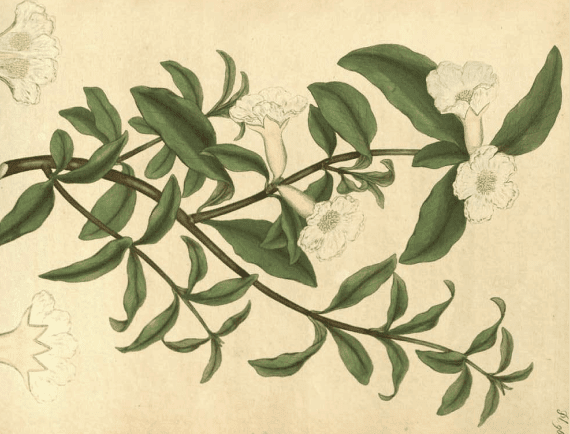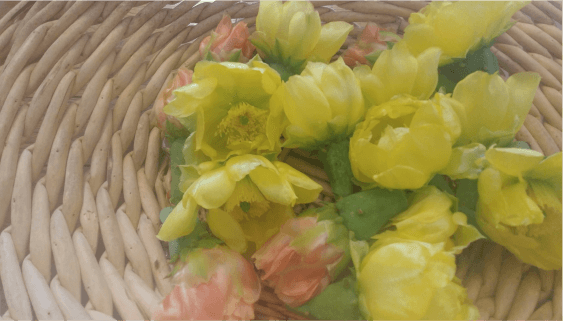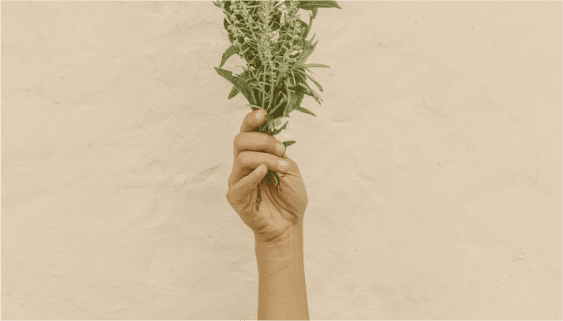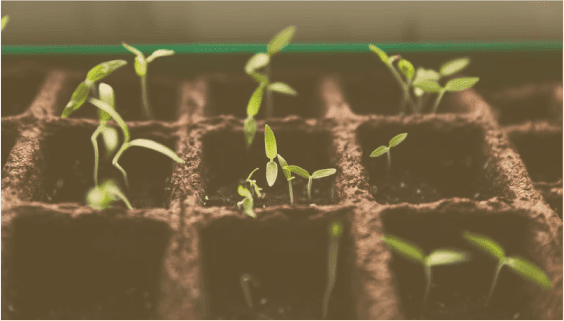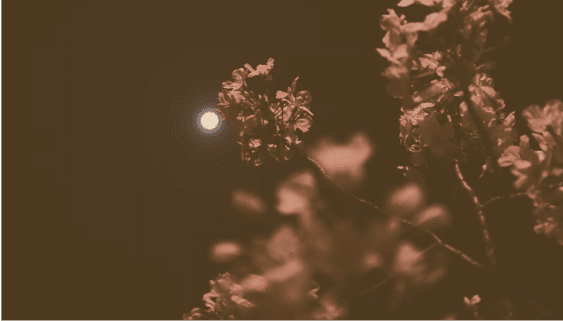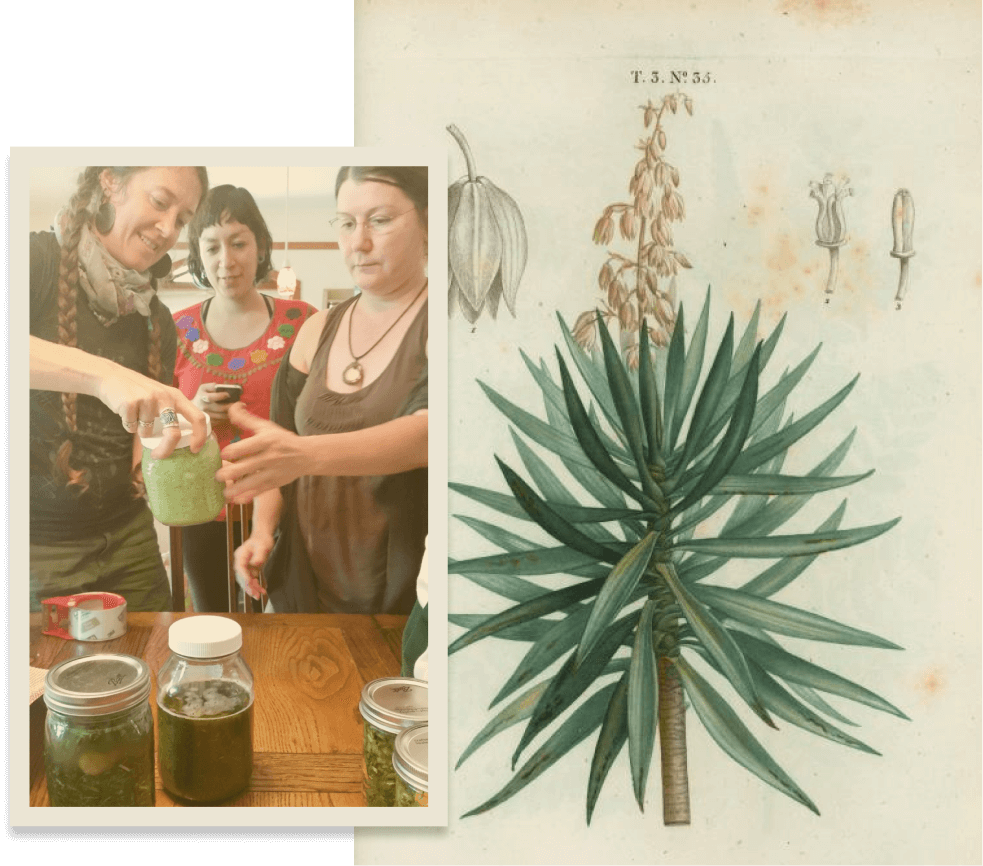“It is that in a dark night, when no objects can be distinguished at an inconsiderable distance, this plant, when in full flower, can be seen at a great distance, having a bright white appearance, which probably may arise from some phosphoric properties of the flowers.” ~Frederick Traugott Pursh. Oenothera biennis, or evening primrose, is an edible and medicinal plant native to North America. The plant gets its common name from the time of day in which many of the species like to bloom. According to Henriette’s Herbal Homepage, evening primrose flowers from dusk until 10 o’clock in the morning. This is very typical of the yellow, almost fluorescent flowering species. However, the showy evening primrose, Oenothera speciosa (seen often during the springtime around Austin), shows its delicate pink flowers during the day along busy roadsides. Unlike the common name, evening primroses’ Latin name is more difficult to decipher. The Greek word from which it is derived, ŏinōthēras, has multiple translations: “wine” (for “oinos”) and “seek”, “pursuit”, “chase”, or “hunt” (for theros) . Although this could potentially be interpreted multiple ways, I quite enjoy the following attempt to fully understand this flower’s name: “Thera” could indicate that the plant (really just the root) was used to flavor wine, or the root was used to absorb wine and was then fed to animals to calm them, or the juice of the root was put in wine to seduce, or the root in wine just plain made people happy” (Oenothera, Schneider).
Historically, Native Americans and early settlers used evening primrose as a source of nutrition and medicine. All parts of the plant are edible: the seeds (notable for containing essential fatty acids), the greens, and the roots. Evening primrose was used by the people of the Ojibway and Cherokee nations as a poultice for bruises, root decoction for hemorrhoids, and to take off excess weight. The Shakers used the leaves and roots topically for wound healing and as a tea for an upset stomach (Foster, 154). Beginning in the 1930s, evening primrose was used more commonly to treat many conditions from cosmetic issues, including acne and eczema, mastalgia (breast soreness) and hormonal issues with PMS and menopause, as well as during childbirth to start and shorten labor (EPO, Weil). San Francisco herbalist Bonnie Weaver recommends evening primrose to help dilate women in labor by rubbing the inside of a gel capsule on the cervix.
Today, one of the most popular ways to take evening primrose is to consume the essential oil. Evening primrose oil is cold pressed from the seeds, which contain significant amounts of gamma-Linolenic acid (an omega-6 essential fatty acid) and slightly less notable amounts of stearidonic acid (an omega-3 essential fatty acid) (Ganora, 88). Researchers believe that these essential fatty acids (EFAs) are the primary constituents to play a major role in certain health situations, including mastalgia (many women who suffer from mastalgia have lower amounts of EFAs) and eczema (EFAs can help reduce inflammation) (EPO, NLM). Based on the average American diet, many Americans may actually be omega deficient, particularly lacking omega 3 fatty acids (Genora, 64). This means that it is even more crucial to consume EFAs.
But the evening primrose is especially interesting to me because it has remained widely uncultivated in the United States. It is a hearty wildflower that likes to grow on disturbed land and in nutrient poor, sandy soils. Tasting the evening primrose flowers is one of the most satisfying things to do when they come out in late spring and early summer. The petals are surprisingly mucilaginous and bring a lot of moisture to the mouth. Both the petals and leaves are bitter, which indicates that it can be used to stimulate digestion. Folks will usually either sautee the greens or add them raw to a salad. Personally, I much prefer the latter; you get that distinctive bitter bite, adding a nice kick to your meal. I have read that the roots have a nutty flavor to them; however, when I boiled and ate them, they seemed to have more of an earthy quality to them, which of course is very characteristic of root vegetables.
Kiva Rose describes evening primrose as “sweet, slightly spicy, slightly bitter, slightly moist and neutral temp” and having an affinity for the lungs, musco-skeletal system, upper GI tract, liver, and nervous system. I find this to be most true when consuming Oenothera tea. One sip and I can feel my lungs start to open up more; and as soon as the second sip hits my lips, I start to feel calm yet aware. During a class energetics proving of this plant, many students felt the evening primrose tea warm their hearts and stomachs. It turns out that Matthew Wood classifies evening primrose as a balsam, which is a group of plants that gently targets the heart and the solar plexus. Clearly, this wonderful flower is an anytime medicine.
The evening primrose flower essence has the somewhat unique quality of treating imbalances from a very specific cause. According to The Flower Essence Repertory by Kaminiski and Katz, evening primrose flower essence treats the following imbalances: “Profound feeling of rejection stemming from in utero or early childhood experience; avoidance of commitment in relationships, fear of parenthood; sexual and emotional coldness or repression”. San Francisco herbalist Katarina had a very profound experience using evening primrose flower essences. One night while on her way to bed, Katarina had a vision of a very old woman showing her an evening primrose, and saying that Katarina would die if she did not use the flower. Katarina did not know much about evening primrose, except that it puts out vibrant yellow flowers. Upon doing some research, she knew that this flower essence was speaking directly to her. Katarina had several experiences with relationships not working out, which then turned to deep feelings of anger and rejection. Katarina described her father as a womanizer and the pain that her mother felt from this was never understood nor dealt with by Katrina’s mother. Once Katarina began taking the flower essence (twice a day for about six weeks), the person she was dating at the time explained to her that she was a hard person to read and that she put up these impenetrable walls. Soon after that, Katarina received almost identical feedback from a previous beau. It was not long before Katarina started seeing a pattern and finally was able to realize that although on the surface she had felt ready for a relationship, deep down she clearly was not.
The evening primrose flower essence helped Katarina to uncover her feelings about her relationship with her parents. As she describes it, “layers of revelation kept unfolding” as she began to understand the complexity of her situation. Katarina realized that she did not have her mother to blame for the hard walls she put up in relationships. She finally had some insight into her father’s “addictions and processes” and how it impacted her ability to connect romantically with others.
It is important to note that Katarina was taking the essence Oenothera eleta, a variety native to California. I recently made a flower essence with the Oenothera speciosa that has been growing all around. After taking the flower essence, I immediately feel centered, followed by a long ride of energy. For me, the flower essence is stimulating and inspiring. This was a good experiment to see that a plant’s energy can still have a strong effect on someone, whether or not they need its particular medicine. There is still a vibration that comes from the plant, which is certainly a type of medicine.
Works Cited
Evening primrose oil. U.S National Library of Medicine. Retrieved May 5, 2014, from http://www.nlm.nih.gov/medlineplus/druginfo/natural/1006.html
Felter, M.D, H. W., & Lloyd, Phr. M., Ph. D., J. U. Oenothera.—Evening Primrose.. Henriette’s Herbal Homepage. Retrieved May 5, 2014, from http://www.henriettes-herb.com/eclectic/kings/oenothera.html
Foster, S., & Johnson, R. L. (2006). Desk reference to nature’s medicine. Washington, D.C.: National Geographic Society.
Kaminski, P., & Katz, R. (1994). Flower essence repertory: a comprehensive guide to North American and English flower essences for emotional and spiritual well-being. Nevada City, CA: Flower Essence Society.
Rose, K. A Fogotten Tonic Herb: Evening Primrose. The Medicine Womans Roots RSS. Retrieved May 5, 2014, from http://bearmedicineherbals.com/a-fogotten-tonic-herb-evening-primrose.html
Schneider, A. Oenothera. Southwest Colorado Wildflowers. Retrieved May 13, 2014, from http://www.swcoloradowildflowers.com/White%20Enlarged%20Photo%20Pages/oenothera%20white.htm
Weil. Herbs. Evening Primrose Oil. Retrieved May 7, 2014, from http://www.drweil.com/drw/u/REM00032/Evening-Primrose-Oil-Dr-Weils-Herbal-Remedies.html
Interviews:
Kruse, Katarina. May 12, 2014
Weaver, Bonnie. May 2, 2014.

